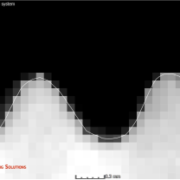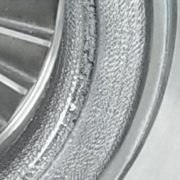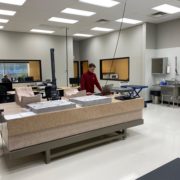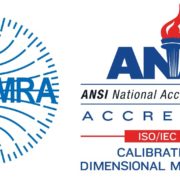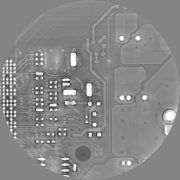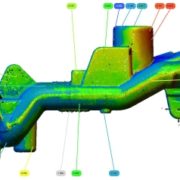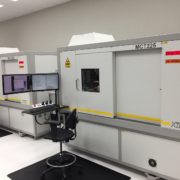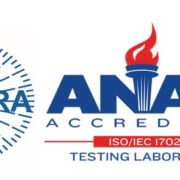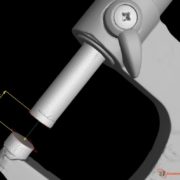Can you Measure a Gap in CT that is Smaller than the Voxel Size of the Scan?
A common question that we are asked is: what is the resolution of a CT scan for determining gaps or voids or true surface locations? We are also asked: How can you measure a gap between two parts that may be closer than 1 voxel in size? The answer lies in sub-voxel surface determination and in the number of voxels that are involved and continuous surfaces as detailed below.

